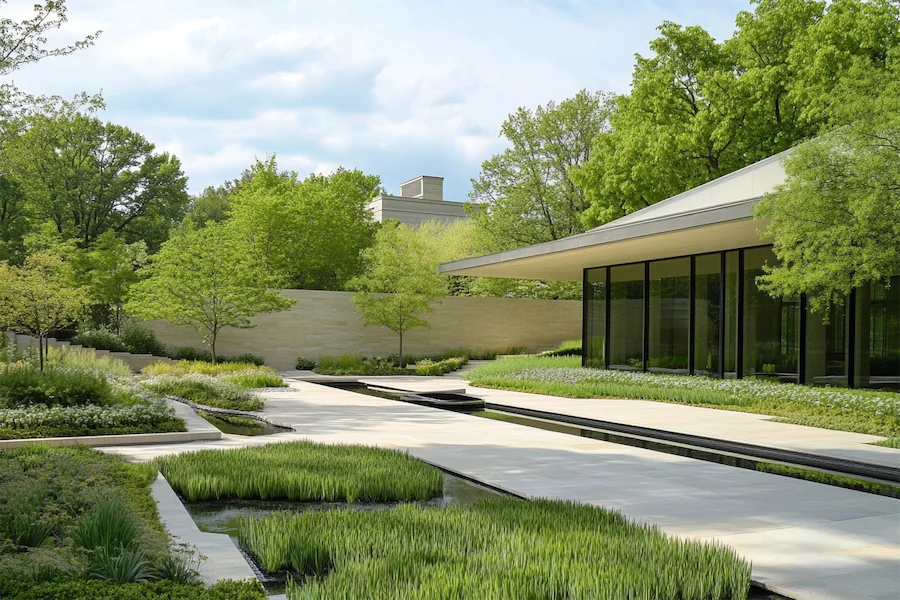A modern minimalist garden emphasizes simplicity, clean lines, and a harmonious blend of natural and architectural elements. This design approach creates a tranquil outdoor space that complements contemporary lifestyles.
History and Origins of Modern Minimalist Gardens
The modern minimalist garden style emerged in the early 20th century, influenced by the modernist movement in architecture and design. Pioneers like Ludwig Mies van der Rohe advocated for the “less is more” philosophy, integrating open spaces and minimal ornamentation. This approach transitioned into garden design, focusing on functionality and simplicity.
Key Features of Modern Minimalist Gardens
- Clean Lines and Geometric Shapes: Utilizing straight lines and geometric forms to create a structured and orderly appearance.
- Limited Plant Palette: Selecting a restrained variety of plants to maintain a cohesive and uncluttered look.
- Neutral Color Schemes: Employing subdued colors to enhance the sense of calm and simplicity.
- Integration of Hardscaping: Incorporating materials like concrete, stone, or wood to add texture and define spaces.
- Functional Spaces: Designing areas with specific purposes, such as seating or meditation zones, to maximize usability.
Applications of Modern Minimalist Gardens
Modern minimalist gardens are versatile and can be adapted to various settings:
- Urban Environments: Ideal for small city backyards or courtyards, where simplicity maximizes limited space.
- Residential Properties: Enhances contemporary homes by extending the minimalist aesthetic to outdoor areas.
- Corporate Spaces: Provides serene environments for employees, promoting well-being and productivity.
Considerations When Creating a Modern Minimalist Garden
- Consistency with Architecture: Ensure the garden design complements the architectural style of the home for a seamless indoor-outdoor flow.
- Maintenance: Opt for low-maintenance plants and materials to preserve the minimalist aesthetic with minimal effort.
- Quality Materials: Invest in durable materials that age gracefully, maintaining the garden’s appearance over time.
Conclusion
Modern minimalist gardens offer a serene and uncluttered outdoor retreat, reflecting the principles of simplicity and functionality. By understanding their origins, key features, and applications, one can create a harmonious space that aligns with contemporary design philosophies.
